-
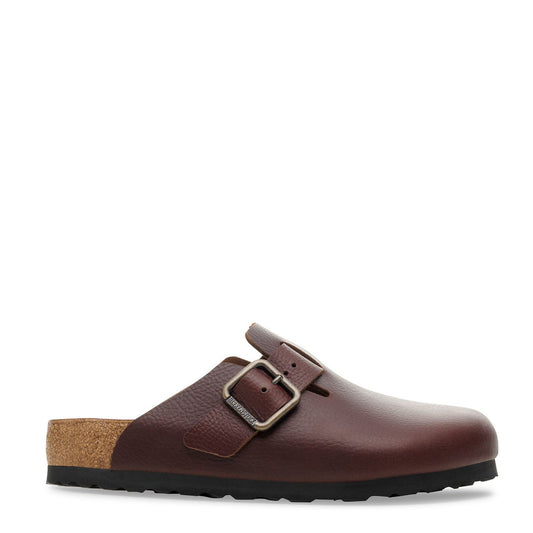
Birkenstock Boston Natural Leather Reg Fit Vintage Wood Roast
Regular price £170.00Unit price per -

Birkenstock Boston Mixed Leather Reg Fit Concrete Gray
Regular price £140.00Unit price per -
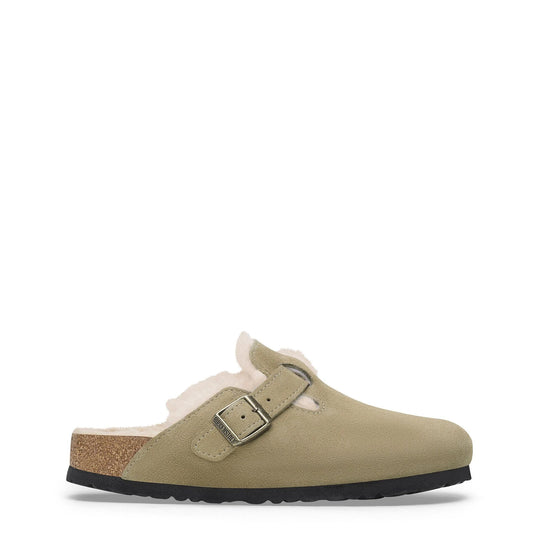
Birkenstock Womens Boston Shearling Suede Leather Narrow Fit Taupe
Regular price £160.00Unit price per -
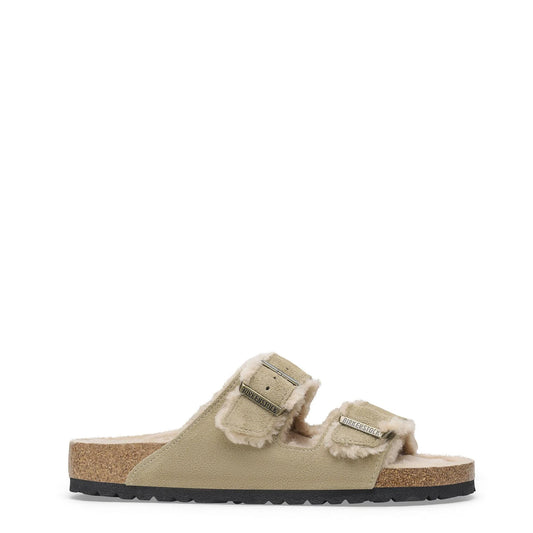
Birkenstock Womens Arizona Shearling Suede Leather Narrow Fit Taupe
Regular price £135.00Unit price per -
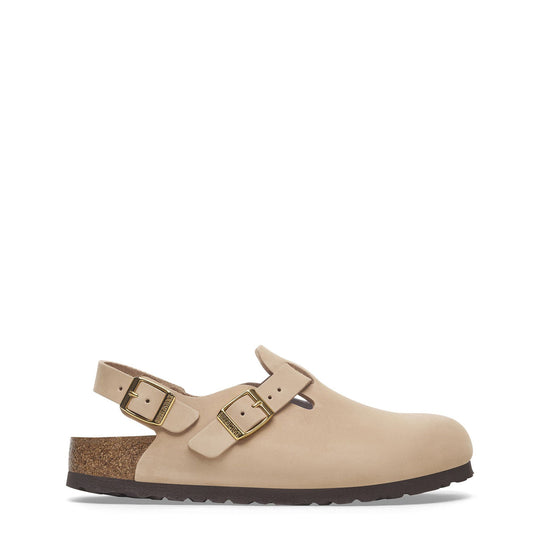
Birkenstock Womens Tokio II Nubuck Leather Narrow Fit Sandcastle
Regular price £170.00Unit price per -

Birkenstock Womens Boston Soft Footbed Suede Leather Narrow Fit Dark Tea Tonal
Regular price £150.00Unit price per -
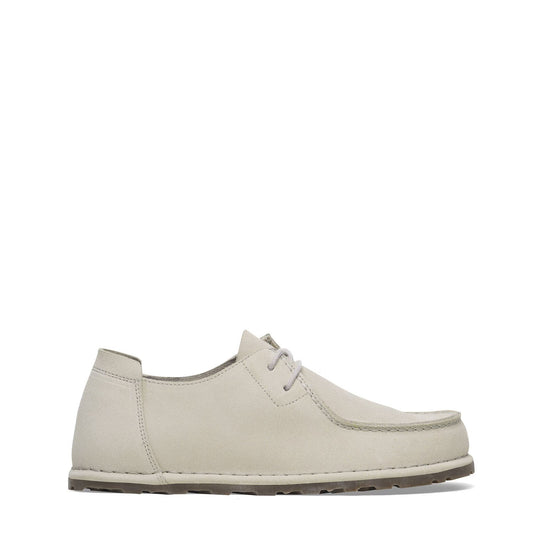 Sale
SaleBirkenstock Womens Utti Lace Shoe Narrow Fit Antique White
Regular price £75.00Unit price per£140.0046% off £75.00Sale -
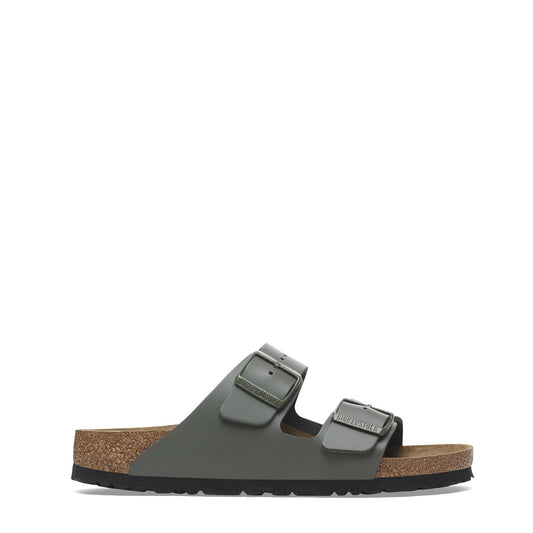
Birkenstock Womens Arizona Sandal Narrow Fit Thyme
Regular price £95.00Unit price per -
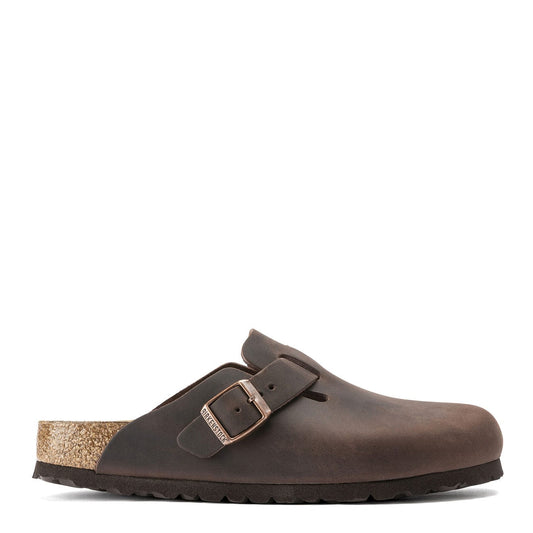
Birkenstock Boston NU Reg Sandal Oiled Habana
Regular price £140.00Unit price per -

Birkenstock Womens Boston SFB VL Narrow Sandal Taupe
Regular price £150.00Unit price per -

Birkenstock Womens Narrow London Suede Black
Regular price £125.00Unit price per -
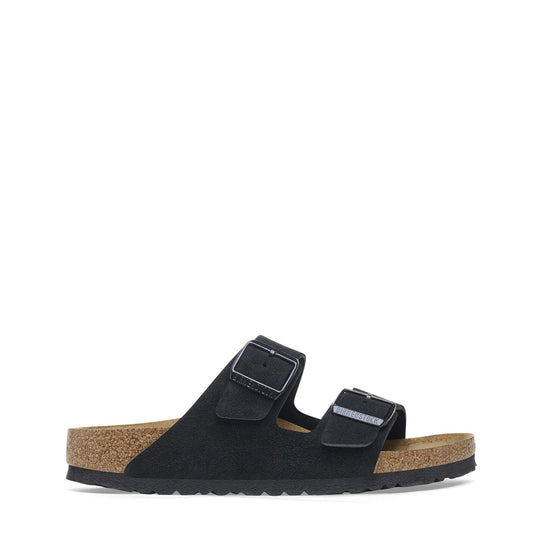
Birkenstock Womens Arizona Narrow Sandal Black
Regular price £105.00Unit price per -
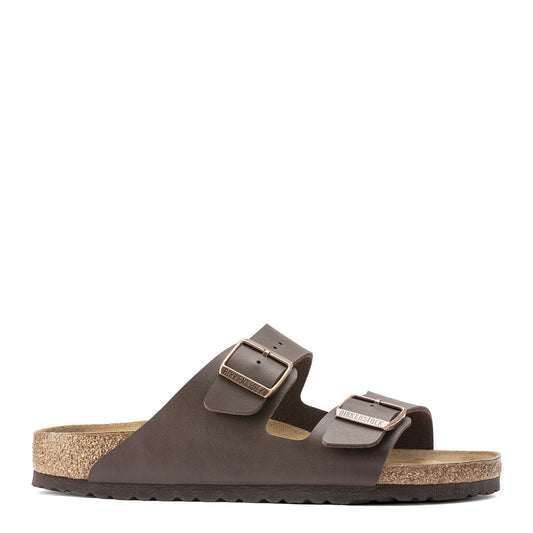
Birkenstock Arizona BF Reg Sandal Dark Brown
Regular price £85.00Unit price per -
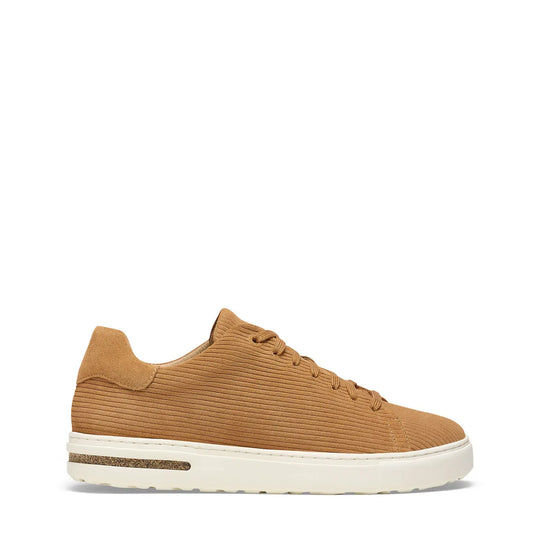 Sale
SaleBirkenstock Womens Bend Low Cord LEVE Narrow Fit Cork Brown
Regular price £85.00Unit price per£140.0039% off £85.00Sale -
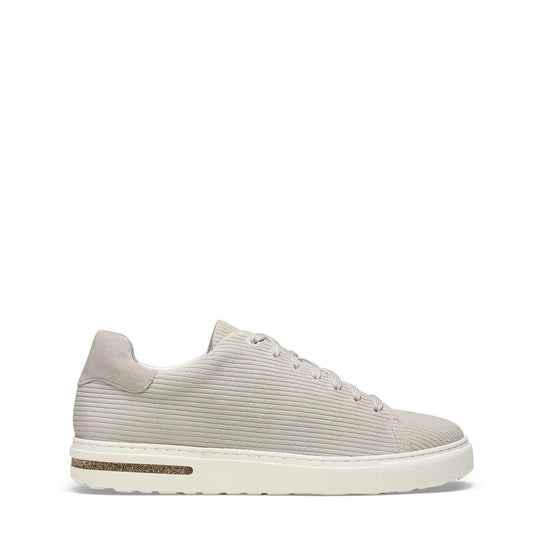 Sale
SaleBirkenstock Womens Bend Low Cord LEVE Narrow Fit Antique White
Regular price £90.00Unit price per£140.0035% off £90.00Sale -
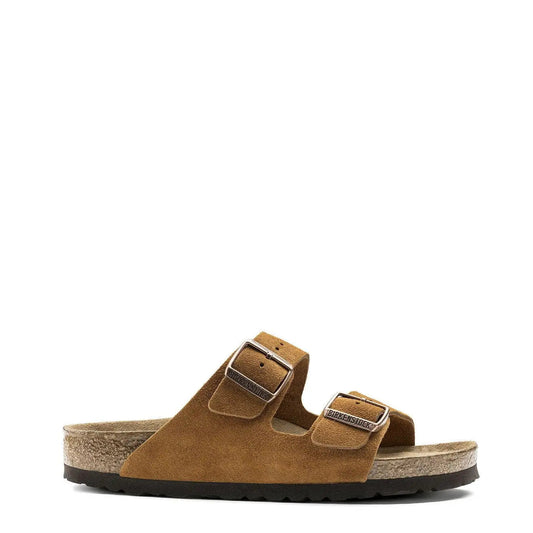
Birkenstock Womens Arizona SFB Narrow Sandal Mink
Regular price £115.00Unit price per -

Birkenstock Womens Arizona EVA Narrow Sandal Black
Regular price £50.00Unit price per
About Birkenstock Sandals and Shoes
Birkenstock FAQs
What is the history of Birkenstock?
Founded in 1774 by Johann Adam Birkenstock in Germany, the company grew from shoemaking to pioneering the contoured footbed. By 1925, Birkenstock sandals were sold across Europe. In 1963 the Madrid launched, and in 1966 Margot Fraser introduced the brand to the USA. Birkenstock went public in 2023.
Are Birkenstock products good quality?
Birkenstock footwear — including sandals and shoes — is known for high quality, with premium leather and suede uppers and cork-latex footbeds that mould to your feet. With proper care, many pairs last for years of regular use.
Why are Birkenstock sandals so expensive?
Birkenstock sandals use natural cork, latex and high-quality leather or vegan alternatives, and are made to strict standards. The durable build and contoured footbed deliver long-term value.
What makes Birkenstock sandals comfortable?
The anatomically shaped cork-latex footbed supports natural alignment with a deep heel cup, arch support and a roomy toe box. Adjustable straps allow a secure fit for all-day comfort.
How durable are Birkenstock sandals?
Birkenstock sandals are built to last using robust materials and replaceable components such as soles and footbeds. Many customers report wearing their pairs for 10–15 years with proper care.
Are Birkenstock sandals good for foot health?
The contoured footbed, arch support and deep heel cup promote natural posture and can help reduce strain linked to plantar fasciitis and flat feet. Many podiatrists recommend Birkenstock sandals for supportive everyday wear.
What materials are used in Birkenstock sandals and shoes?
Common materials include natural cork, latex and jute in the footbed, with leather, suede, nubuck or vegan Birko-Flor uppers. EVA is used for lightweight, waterproof styles.
Is Birkenstock a sustainable brand?
Birkenstock prioritises renewable materials such as cork and natural latex, offers vegan options and focuses on durability and repairability to extend product life and reduce waste.


















